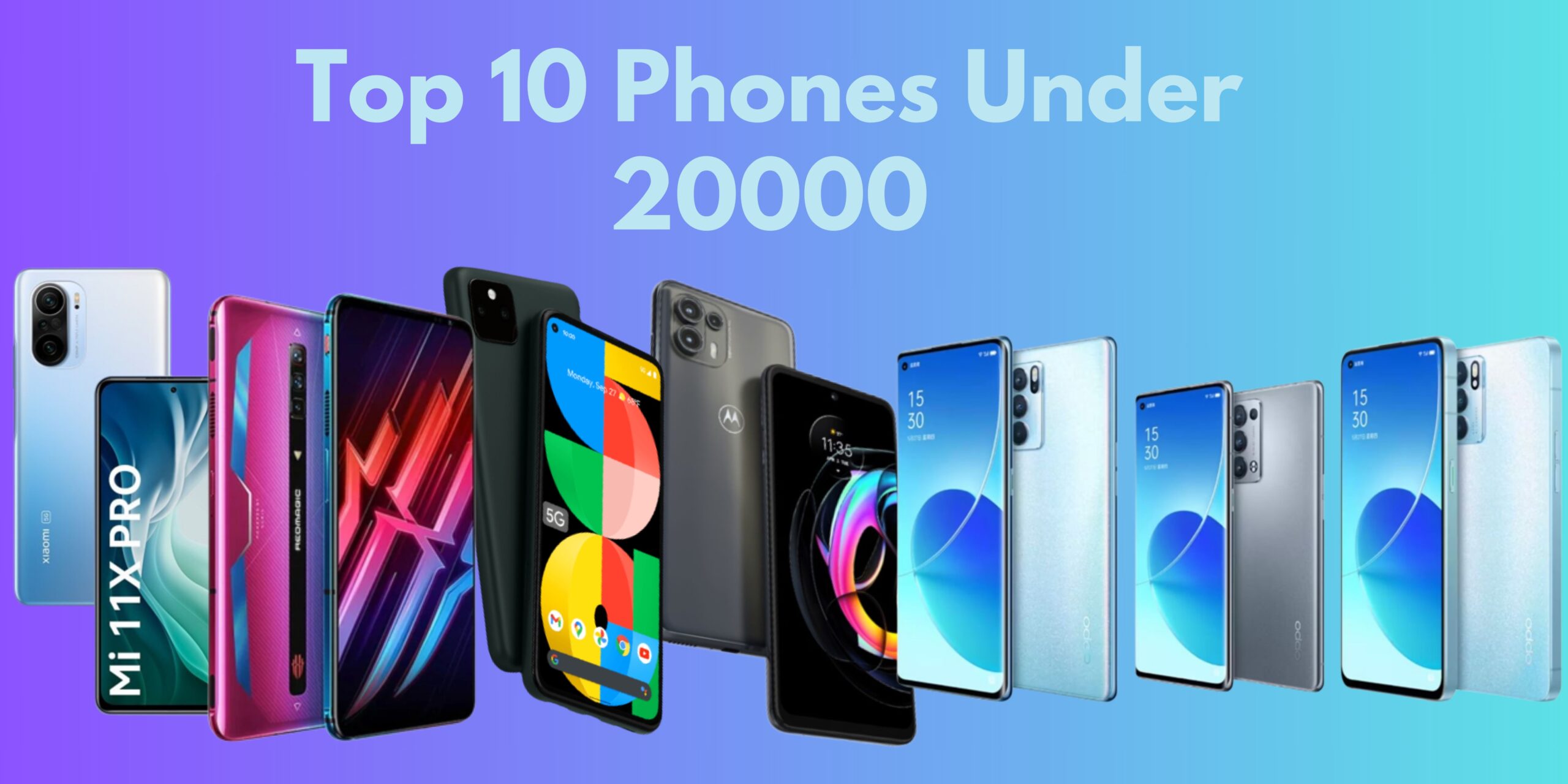Sustainable Packaging Technologies
The global movement towards sustainability has brought a renewed focus on redefining packaging practices. This article explores cutting-edge sustainable packaging technologies that are reshaping the industry, emphasizing eco-friendly materials, minimizing waste, and contributing to a more sustainable future.
1. Biodegradable Packaging
Biodegradable packaging materials, sourced from renewable resources such as cornstarch, sugarcane, or plant-based polymers, are designed to naturally decompose over time. These materials offer a sustainable alternative to traditional plastics, reducing the environmental impact of packaging waste.
2. Compostable Packaging
Compostable packaging goes a step further, not only breaking down but also enriching the soil as part of the composting process. Materials like compostable plastics and plant-based fibres contribute to circular economies by creating valuable compost that can be used for agriculture.
3. Recyclable Plastics with Improved Designs
Advancements in recyclable plastics focus on creating materials that are more easily recyclable. Improved designs and compatibility with existing recycling systems facilitate the efficient collection and processing of plastic packaging, reducing the overall environmental footprint.
4. Sustainable Alternatives to Single-Use Plastics
In response to the global concern over single-use plastics, sustainable alternatives are gaining traction. Plant-based packaging, edible packaging, and reusable packaging options offer environmentally friendly choices without compromising on convenience.
5. Smart Packaging for Efficient Resource Use
Smart packaging technologies integrate sensors and indicators to monitor product freshness, reducing food waste and extending shelf life. By optimizing resource use and minimizing spoilage, smart packaging contributes to sustainability efforts across the supply chain.
6. Eco-Friendly Inks and Printing Techniques
Sustainable packaging extends to the printing process, with the adoption of eco-friendly inks and techniques. Water-based, vegetable-based, or soy-based inks minimize environmental impact, ensuring that the entire packaging lifecycle aligns with sustainability goals.
7. Minimalist Packaging Design
A shift towards minimalist packaging design aims to reduce material consumption and waste. Streamlined packaging not only minimizes environmental impact but also aligns with consumer preferences for simplicity and sustainability.
8. Reusable Packaging Solutions
Embracing the concept of a circular economy, reusable packaging solutions are gaining prominence. From refillable containers to packaging designed for multiple uses, these solutions encourage a shift away from single-use packaging towards a more sustainable, closed-loop system.
9. Blockchain Technology for Transparency
Blockchain technology is being leveraged to enhance transparency in the supply chain. Providing a tamper-proof record of each step in the packaging process, it ensures accountability and authenticity, fostering trust among consumers who prioritize sustainable choices.
10. Collaborative Industry Initiatives
Sustainability in packaging is a collective effort, and industry-wide collaborations play a crucial role. Collaborative initiatives encourage knowledge sharing, research, and the development of standardized sustainable practices, driving the entire packaging industry towards a more eco-friendly future.
A Greener Tomorrow
Sustainable packaging technologies represent a pivotal step towards a more eco-friendly and responsible future. As these innovations continue to evolve, the packaging industry is poised to play a significant role in mitigating environmental challenges and contributing to a more sustainable and resilient global ecosystem.


